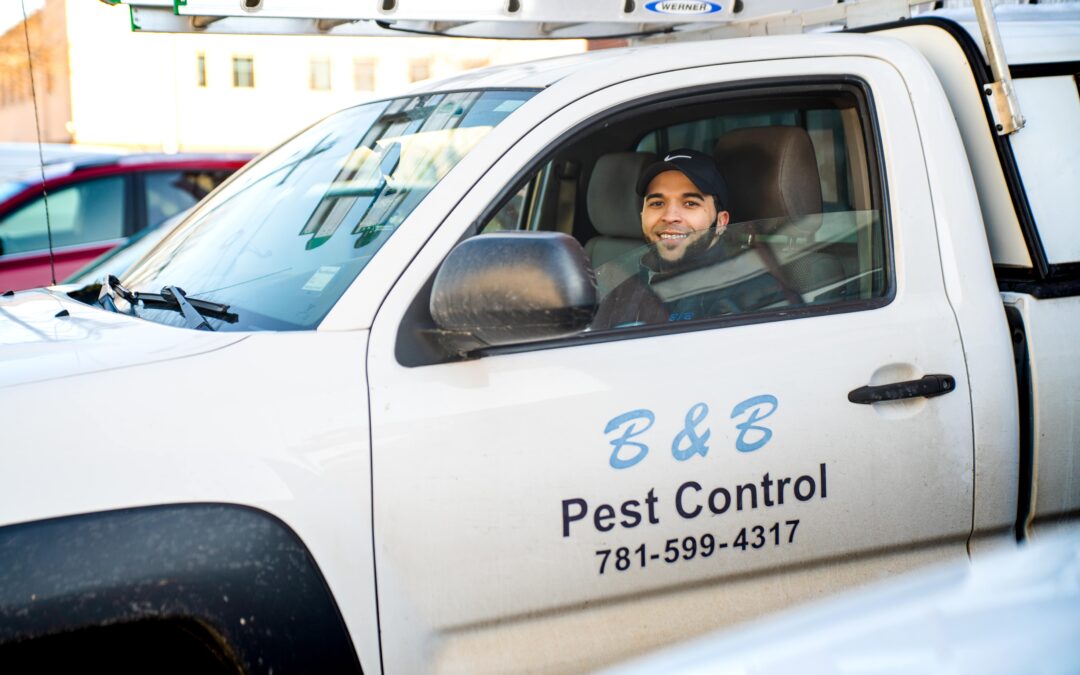Flies are common pests of homes and buildings throughout the US, particularly in the northeastern coastal states where species of biting flies and filth flies are diverse and abundant. Some of the most common fly pests in the northeast are black flies and greenhead flies, both of which are common biting pests on beaches, and cluster flies, which are known for invading homes in large numbers during the fall in order to overwinter in warm attic spaces.
According to a nationwide survey of pest control professionals, the three most commonly managed fly species within homes include house flies, fruit flies and drain flies. These three species belong to a group of flies commonly referred to as “filth flies.” This name is fitting, as filth flies congregate on pathogen-rich sources of decaying organic matter in order to lay eggs. They do this in order to provide their larval offspring with an abundance of sustenance after hatching.
Rotting food, manure, dead animals, and sewage are all common filth fly breeding sites. Food scraps that have collected beneath kitchen appliances, dead rodents in wall voids, food buildup in drains, and overfull septic tanks are some of the most common breeding sources within fly-infested homes. A few months ago, a broken sewer pipe beneath a New Jersey mall led to a massive fruit fly infestation within a Foot Locker location. Needless to say, the ongoing infestation has been hurting business.
The fruit fly infestation within the mall started around three months ago, but the cause of the infestation was not discovered until government inspectors found a broken sewer pipe beneath a Foot Locker store last December. Many shoppers have been inundated with fruit flies, which seem to have a tendency to swarm into people’s faces, and many Foot Locker customers have found dead flies in their shoe boxes. Foot Locker is not the only store in the mall to suffer a loss of business on account of the infestation, as a nearby Pizza Hut owner claims that customers are concerned about contamination issues due to the heavy fly presence near the restaurant. Despite setting numerous traps, the fruit fly infestation persists.
Have you ever encountered a large number of flies within a restaurant?

